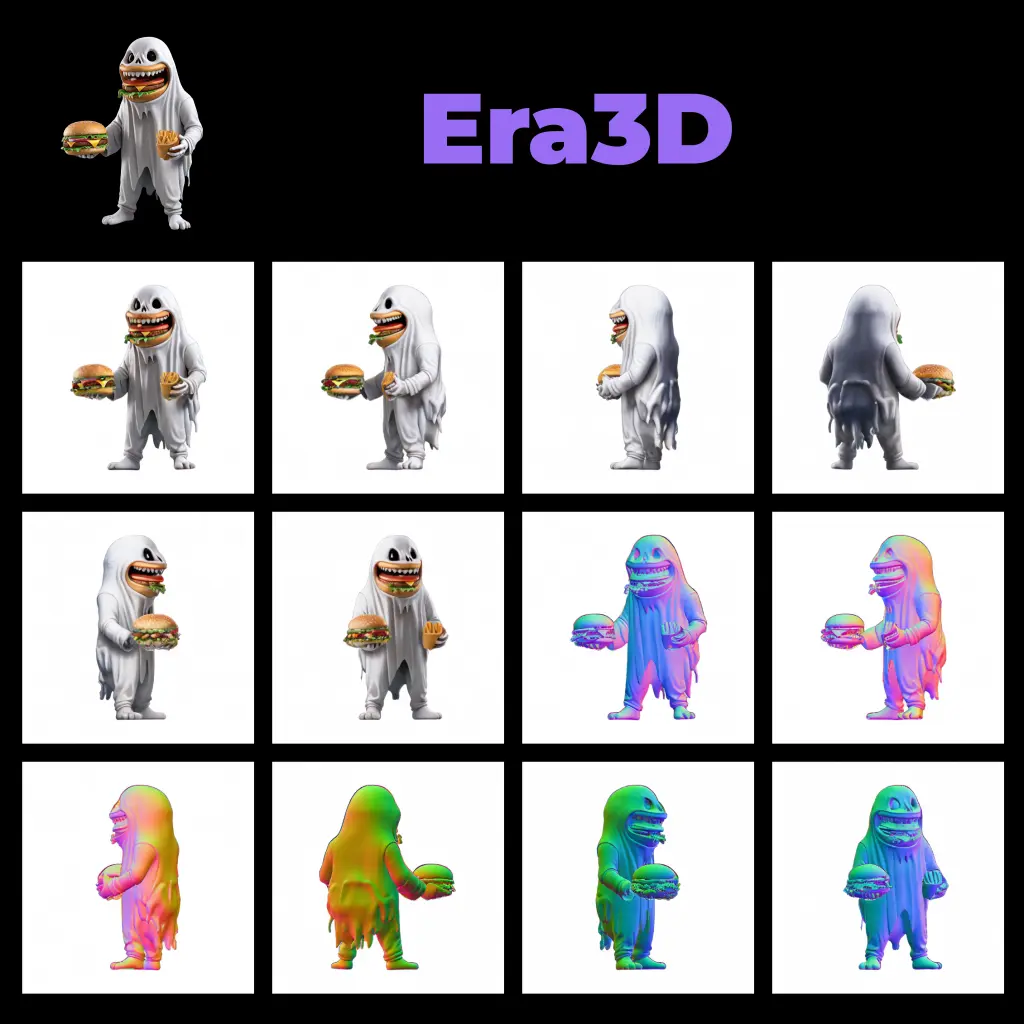ComfyUI Node: MaskOuterBlur
MaskOuterBlur
CategoryBmad/CV/Misc
bmad4ever (Account age: 3682days) Extension
Bmad Nodes Latest Updated
2024-09-02 Github Stars
0.06K
How to Install Bmad Nodes
Install this extension via the ComfyUI Manager by searching for Bmad Nodes- 1. Click the Manager button in the main menu
- 2. Select Custom Nodes Manager button
- 3. Enter Bmad Nodes in the search bar
Visit ComfyUI Online for ready-to-use ComfyUI environment
- Free trial available
- 16GB VRAM to 80GB VRAM GPU machines
- 400+ preloaded models/nodes
- Freedom to upload custom models/nodes
- 200+ ready-to-run workflows
- 100% private workspace with up to 200GB storage
- Dedicated Support
MaskOuterBlur Description
Specialized node for blurring outer image regions based on a mask, ideal for creating smooth transitions and enhancing visual depth.
MaskOuterBlur:
MaskOuterBlur is a specialized node designed to apply a blurring effect to the outer regions of an image based on a given mask. This node is particularly useful for AI artists who want to create a smooth transition between the focused and blurred areas of an image, enhancing the visual appeal and depth. The primary goal of MaskOuterBlur is to selectively blur parts of an image while preserving the details in the masked regions, allowing for creative control over the final output. By leveraging both CPU and GPU processing capabilities, this node ensures efficient performance and high-quality results.
MaskOuterBlur Input Parameters:
src
The source image to which the blurring effect will be applied. This parameter is crucial as it defines the base image that will undergo the selective blurring process. The image should be in a compatible format, typically a NumPy array or similar.
mask
A binary mask that indicates the regions of the image to be preserved (non-blurred) and the regions to be blurred. Pixels with a value of 0 in the mask will be blurred, while pixels with a value greater than 0 will remain sharp. This mask allows for precise control over which parts of the image are affected by the blur.
kernel
The convolution kernel used for the blurring process. This parameter defines the shape and intensity of the blur effect. The kernel should be a 2D array with positive values that sum up to 1, typically generated using a Gaussian function.
kernel_s
The size of the convolution kernel. This parameter determines the extent of the blurring effect. Larger kernel sizes result in a more pronounced blur, while smaller sizes produce a subtler effect. The value should be an odd integer to ensure a symmetric kernel.
w
The width of the source image. This parameter is used to correctly index and process the image data during the blurring operation. It should match the actual width of the src image.
h
The height of the source image. Similar to the width parameter, this is used to correctly index and process the image data. It should match the actual height of the src image.
MaskOuterBlur Output Parameters:
out
The output image with the applied blurring effect. This image will have the same dimensions as the source image but with the specified regions blurred according to the mask. The output is typically a NumPy array or similar format, ready for further processing or display.
MaskOuterBlur Usage Tips:
- Ensure that the mask accurately represents the regions you want to preserve and blur. A well-defined mask will result in a more visually appealing transition between sharp and blurred areas.
- Experiment with different kernel sizes and shapes to achieve the desired blurring effect. Gaussian kernels are commonly used for a natural-looking blur.
- Utilize the GPU processing option for larger images or more complex masks to significantly speed up the blurring process.
MaskOuterBlur Common Errors and Solutions:
"IndexError: index out of bounds"
- Explanation: This error occurs when the kernel size is too large for the given image dimensions, causing the indexing to go out of bounds.
- Solution: Ensure that the kernel size is appropriate for the image dimensions. Reduce the kernel size or use padding to avoid this error.
"ValueError: mask and src must have the same dimensions"
- Explanation: This error happens when the mask and source image dimensions do not match, leading to a mismatch during processing.
- Solution: Verify that the mask and source image have the same width and height. Resize the mask or source image if necessary to ensure they match.
"TypeError: unsupported operand type(s)"
- Explanation: This error can occur if the input parameters are not in the expected format, such as passing a list instead of a NumPy array.
- Solution: Ensure that all input parameters are in the correct format. Convert lists to NumPy arrays or use appropriate data structures as required by the node.
MaskOuterBlur Related Nodes
RunComfy is the premier ComfyUI platform, offering ComfyUI online environment and services, along with ComfyUI workflows featuring stunning visuals. RunComfy also provides AI Playground, enabling artists to harness the latest AI tools to create incredible art.

